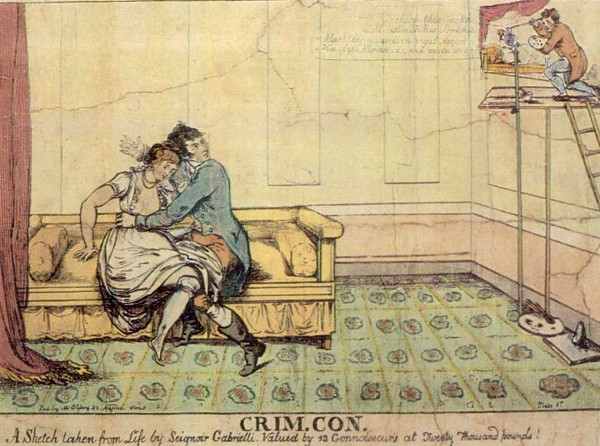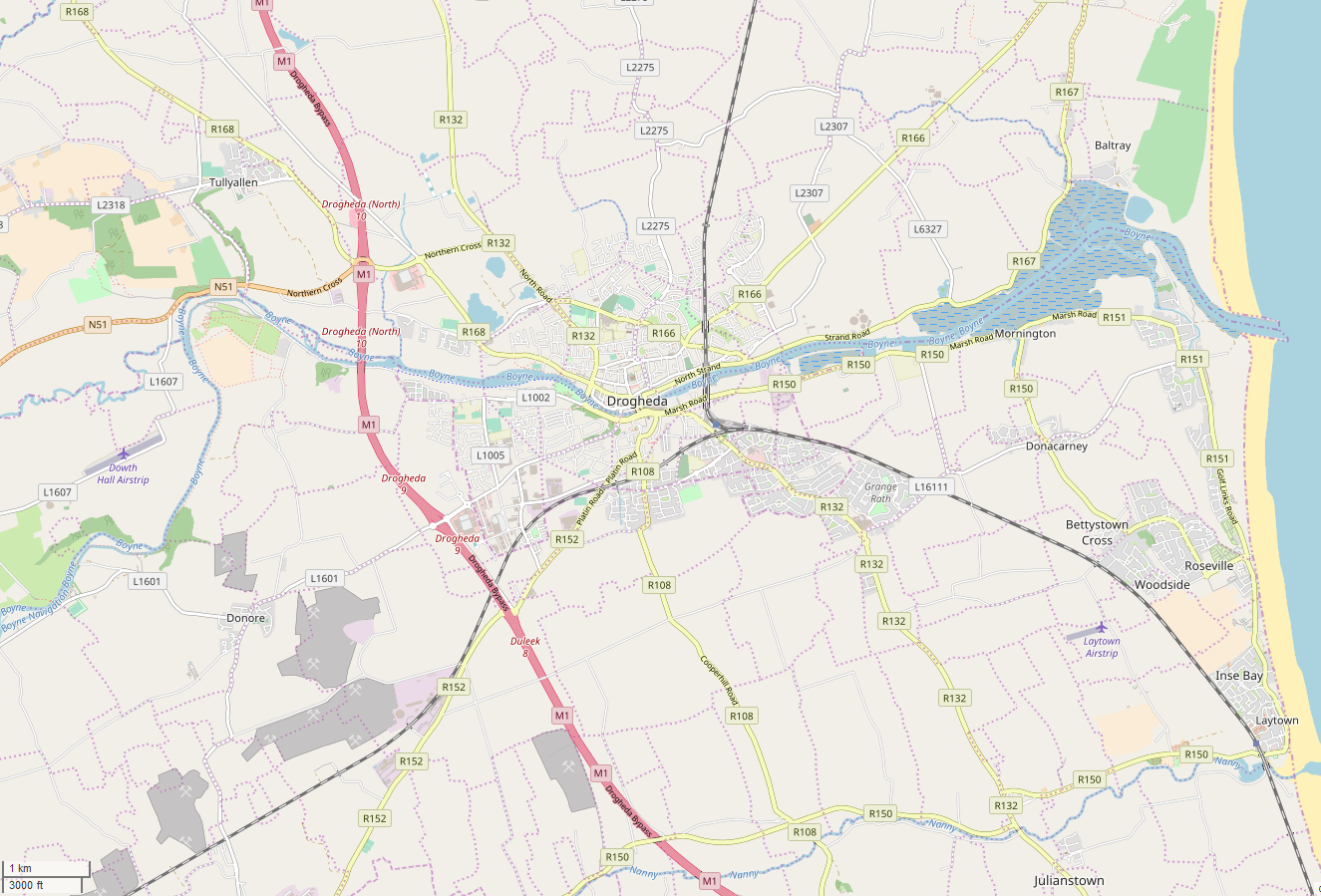|
Charles Chetwynd-Talbot, 2nd Earl Talbot
Charles Chetwynd Chetwynd-Talbot, 2nd Earl Talbot, KG, PC, FRS (25 April 1777 – 10 January 1849), styled Viscount of Ingestre between 1784 and 1793, was an English politician and peer. He served as Lord Lieutenant of Ireland between 1817 and 1821. Background and education Born as Charles Talbot, he was the eldest son of John Talbot of Ingestre Hall and his wife, Lady Charlotte Hill, a daughter of Wills Hill, 1st Marquess of Downshire. When John Talbot was created Earl Talbot and Viscount of Ingestre in 1784, Charles Talbot assumed the latter title as a courtesy title. His father also added Chetwynd to the family name in 1786. He inherited his father's earldom and the Ingestre estate in 1793, matriculated from Christ Church, Oxford in 1794 and graduated as a Master of Arts in 1797. He commissioned the architect John Nash to renovate Ingestre around 1810. Early career After leaving Oxford, Lord Talbot joined the British embassy in Russia under Lord Whitworth, forming ... [...More Info...] [...Related Items...] OR: [Wikipedia] [Google] [Baidu] |
The Right Honourable
''The Right Honourable'' (abbreviation: The Rt Hon. or variations) is an honorific Style (form of address), style traditionally applied to certain persons and collective bodies in the United Kingdom, the former British Empire, and the Commonwealth of Nations. The term is predominantly used today as a style associated with the holding of certain senior public offices in the United Kingdom, Canada, New Zealand, and, to a lesser extent, Australia. ''Right'' in this context is an adverb meaning 'very' or 'fully'. Grammatically, ''The Right Honourable'' is an adjectival phrase which gives information about a person. As such, it is not considered correct to apply it in direct address, nor to use it on its own as a title in place of a name; but rather it is used in the Grammatical person, third person along with a name or noun to be modified. ''Right'' may be abbreviated to ''Rt'', and ''Honourable'' to ''Hon.'', or both. ''The'' is sometimes dropped in written abbreviated form, but is ... [...More Info...] [...Related Items...] OR: [Wikipedia] [Google] [Baidu] |
Earl Talbot
Earl Talbot is a title that has been created twice in the Peerage of Great Britain. This branch of the Talbot family descends from the Hon. Sir Gilbert Talbot (died 1518), third son of John Talbot, 2nd Earl of Shrewsbury. His great-great-great-grandson, the Right Reverend William Talbot, was Bishop of Oxford, of Salisbury and of Durham. His eldest son Charles Talbot was a prominent lawyer and politician. In 1733, he was raised to the Peerage of Great Britain as Lord Talbot, Baron of Hensol, in the County of Glamorgan, and then served as Lord High Chancellor of Great Britain from 1733 to 1737. He was succeeded by his eldest son, the second Baron. He served as Lord Steward of the Household from 1761 to 1782. In 1761, he was created Earl Talbot and in 1780, Baron Dynevor, of Dynevor in the County of Carmarthen, in the Peerage of Great Britain. The earldom was created with normal remainder to the heirs male of his body, while the barony was created with remainder to his daugh ... [...More Info...] [...Related Items...] OR: [Wikipedia] [Google] [Baidu] |
Valentine Lawless, 2nd Baron Cloncurry
Valentine Brown Lawless, 2nd Baron Cloncurry (19 August 1773 – 28 October 1853), was an Irish peer, politician and landowner. In the 1790s he was an emissary in radical and reform circles in London for the Society of United Irishmen, and was twice detained on suspicion of sedition. He gained notoriety for his celebrated lawsuit for adultery against his former friend Sir John Piers, who had seduced Cloncurry's first wife, Elizabeth Georgiana Morgan. He took up residence at Lyons Hill, Ardclough, County Kildare and, commensurate with his status as an Anglo-Irish lord, appeared to reconcile to the Dublin authorities. Lawless served as a Viceregal advisor and eventually gained a British peerage, but it was not as an Ascendancy loyalist. He pressed the case for admitting Catholics to parliament and for ending the universal imposition of Church of Ireland tithes. Family and education Lawless was born in Merrion Square in Dublin. His father, Nicholas Lawless, son of the D ... [...More Info...] [...Related Items...] OR: [Wikipedia] [Google] [Baidu] |
Daniel O'Connell
Daniel(I) O’Connell (; 6 August 1775 – 15 May 1847), hailed in his time as The Liberator, was the acknowledged political leader of Ireland's Roman Catholic majority in the first half of the 19th century. His mobilisation of Catholic Ireland, down to the poorest class of tenant farmers, secured the final instalment of Catholic emancipation in 1829 and allowed him to take a seat in the Parliament of the United Kingdom, United Kingdom Parliament to which he had been twice elected. At Palace of Westminster, Westminster, O'Connell championed liberal and Reformism, reform causes (being internationally renowned as an Abolitionism, abolitionist) but he failed in his declared objective for Irelandthe repeal of the Acts of Union 1800, Act of Union 1800 and the restoration of an Parliament of Ireland, Irish Parliament. In 1843, a threat of military force induced O'Connell to call a halt to an unprecedented campaign of open-air mass meetings. The loss of prestige, combined with the pe ... [...More Info...] [...Related Items...] OR: [Wikipedia] [Google] [Baidu] |
Drogheda
Drogheda ( , ; , meaning "bridge at the ford") is an industrial and port town in County Louth on the east coast of Ireland, north of Dublin. It is located on the Dublin–Belfast corridor on the east coast of Ireland, mostly in County Louth but with the south fringes of the town in County Meath, north of Dublin city centre. Drogheda had a population of 44,135 inhabitants in 2022, making it the List of settlements on the island of Ireland by population, eleventh largest settlement by population in all of Ireland, and the largest town in Ireland, by both population and area. It is the second largest in County Louth with 35,990 and sixth largest in County Meath with 8,145. It is the last bridging point on the River Boyne before it enters the Irish Sea. The UNESCO World Heritage Site of Newgrange is located west of the town. Area Drogheda was founded as two separately administered towns in two different territories: Drogheda-in-Kingdom of Meath, Meath (i.e. the Lordship of Mea ... [...More Info...] [...Related Items...] OR: [Wikipedia] [Google] [Baidu] |
Privy Council Of The United Kingdom
The Privy Council, formally His Majesty's Most Honourable Privy Council, is a privy council, formal body of advisers to the sovereign of the United Kingdom. Its members, known as privy counsellors, are mainly senior politicians who are current or former members of either the House of Commons of the United Kingdom, House of Commons or the House of Lords. The Privy Council formally advises the sovereign on the exercise of the Royal prerogative in the United Kingdom, royal prerogative. The King-in-Council issues Executive (government), executive instruments known as Orders in Council. The Privy Council also holds the delegated authority to issue Orders of Council, mostly used to regulate certain public institutions. It advises the sovereign on the issuing of royal charters, which are used to grant special status to incorporated bodies, and city status in the United Kingdom, city or Borough status in the United Kingdom, borough status to local authorities. Otherwise, the Privy Co ... [...More Info...] [...Related Items...] OR: [Wikipedia] [Google] [Baidu] |
Lord Lieutenant Of Staffordshire
This is a list of people who have served as lord lieutenant for Staffordshire. Since 1828, all lord lieutenants have also been custos rotulorum of Staffordshire. Lord Lieutenants of Staffordshire *Henry Stafford, 1st Baron Stafford 1559 * George Talbot, 6th Earl of Shrewsbury 3 July 1585 – 18 November 1590 *''vacant'' *Robert Devereux, 3rd Earl of Essex 29 February 1612 – 17 July 1627 *Robert Carey, 1st Earl of Monmouth 17 July 1627 – 3 February 1629 *Robert Devereux, 3rd Earl of Essex 3 February 1629 – 1642 *''Interregnum'' * Robert Greville, 4th Baron Brooke 13 August 1660 – 17 February 1677 *James Scott, 1st Duke of Monmouth 24 March 1677 – 12 December 1679 *Robert Spencer, 2nd Earl of Sunderland 12 December 1679 – 2 September 1681 * Charles Talbot, 12th Earl of Shrewsbury 2 September 1681 – 2 September 1687 *Robert Shirley, 1st Earl Ferrers 2 September 1687 – 19 November 1687 * Walter Aston, 3rd Lord Aston of Forfar 19 November 1687 – 21 March 1689 * Willia ... [...More Info...] [...Related Items...] OR: [Wikipedia] [Google] [Baidu] |
Napoleon
Napoleon Bonaparte (born Napoleone di Buonaparte; 15 August 1769 – 5 May 1821), later known by his regnal name Napoleon I, was a French general and statesman who rose to prominence during the French Revolution and led Military career of Napoleon, a series of military campaigns across Europe during the French Revolutionary and Napoleonic Wars from 1796 to 1815. He led the French First Republic, French Republic as French Consulate, First Consul from 1799 to 1804, then ruled the First French Empire, French Empire as Emperor of the French from 1804 to 1814, and briefly again in 1815. He was King of Italy, King of Kingdom of Italy (Napoleonic), Italy from 1805 to 1814 and Protector of the Confederation of the Rhine, Protector of the Confederation of the Rhine from 1806 to 1813. Born on the island of Corsica to a family of Italian origin, Napoleon moved to mainland France in 1779 and was commissioned as an officer in the French Royal Army in 1785. He supported the French Rev ... [...More Info...] [...Related Items...] OR: [Wikipedia] [Google] [Baidu] |
Staffordshire
Staffordshire (; postal abbreviation ''Staffs''.) is a Ceremonial counties of England, ceremonial county in the West Midlands (region), West Midlands of England. It borders Cheshire to the north-west, Derbyshire and Leicestershire to the east, Warwickshire to the south-east, the West Midlands (county), West Midlands county and Worcestershire to the south, and Shropshire to the west. The largest settlement is the city of Stoke-on-Trent. The county has an area of and a population of 1,131,052. Stoke-on-Trent is located in the north and is immediately adjacent to the town of Newcastle-under-Lyme. Stafford is in the centre of the county, Burton upon Trent in the east, and the city of Lichfield and Tamworth, Staffordshire, Tamworth in the south-east. For local government purposes Staffordshire comprises a non-metropolitan county, with nine districts, and the Unitary authorities of England, unitary authority area of Stoke-on-Trent. The county Historic counties of England, historical ... [...More Info...] [...Related Items...] OR: [Wikipedia] [Google] [Baidu] |
John Nash (architect)
John Nash (18 January 1752 – 13 May 1835) was an English architect of the Georgian and Regency eras. He was responsible for the design, in the neoclassical and picturesque styles, of many important areas of London. His designs were financed by the Prince Regent and by the era's most successful property developer, James Burton. Nash also collaborated extensively with Burton's son, Decimus Burton. Nash's best-known solo designs are the Royal Pavilion, Brighton; Marble Arch; and Buckingham Palace. His best-known collaboration with James Burton is Regent Street and his best-known collaborations with Decimus Burton are Regent's Park and its terraces and Carlton House Terrace. The majority of his buildings, including those that the Burtons did not contribute to, were built by James Burton's company. Background and early career Nash was born in 1752, probably in Lambeth, south London. His father was a millwright also called John (1714–1772). From 1766 or 1767, Nash ... [...More Info...] [...Related Items...] OR: [Wikipedia] [Google] [Baidu] |





